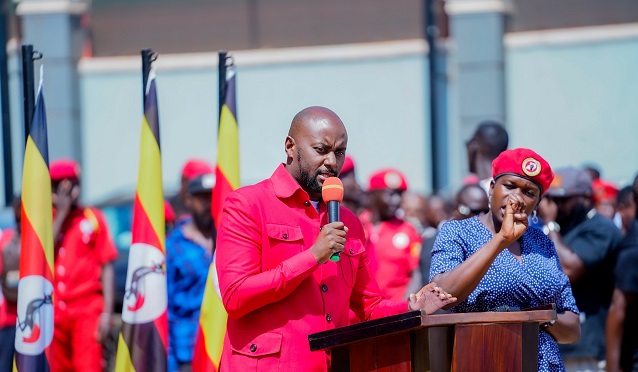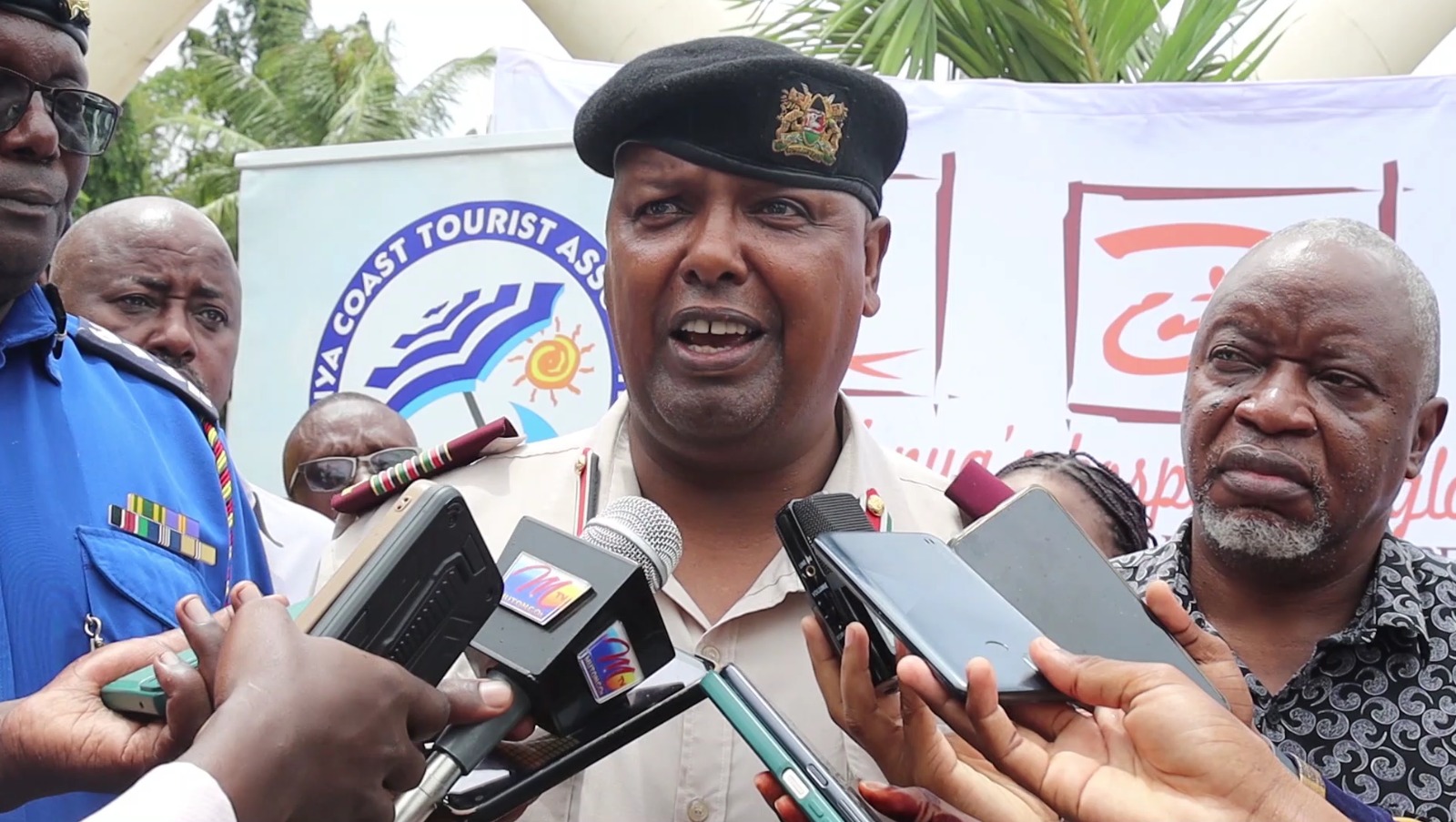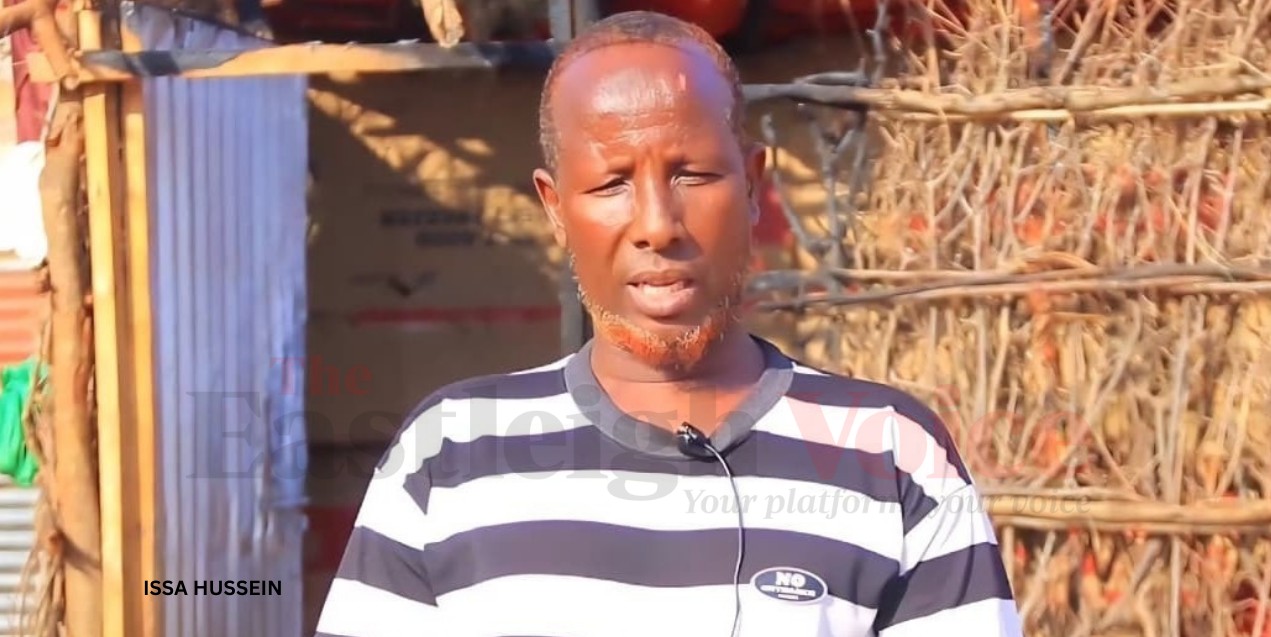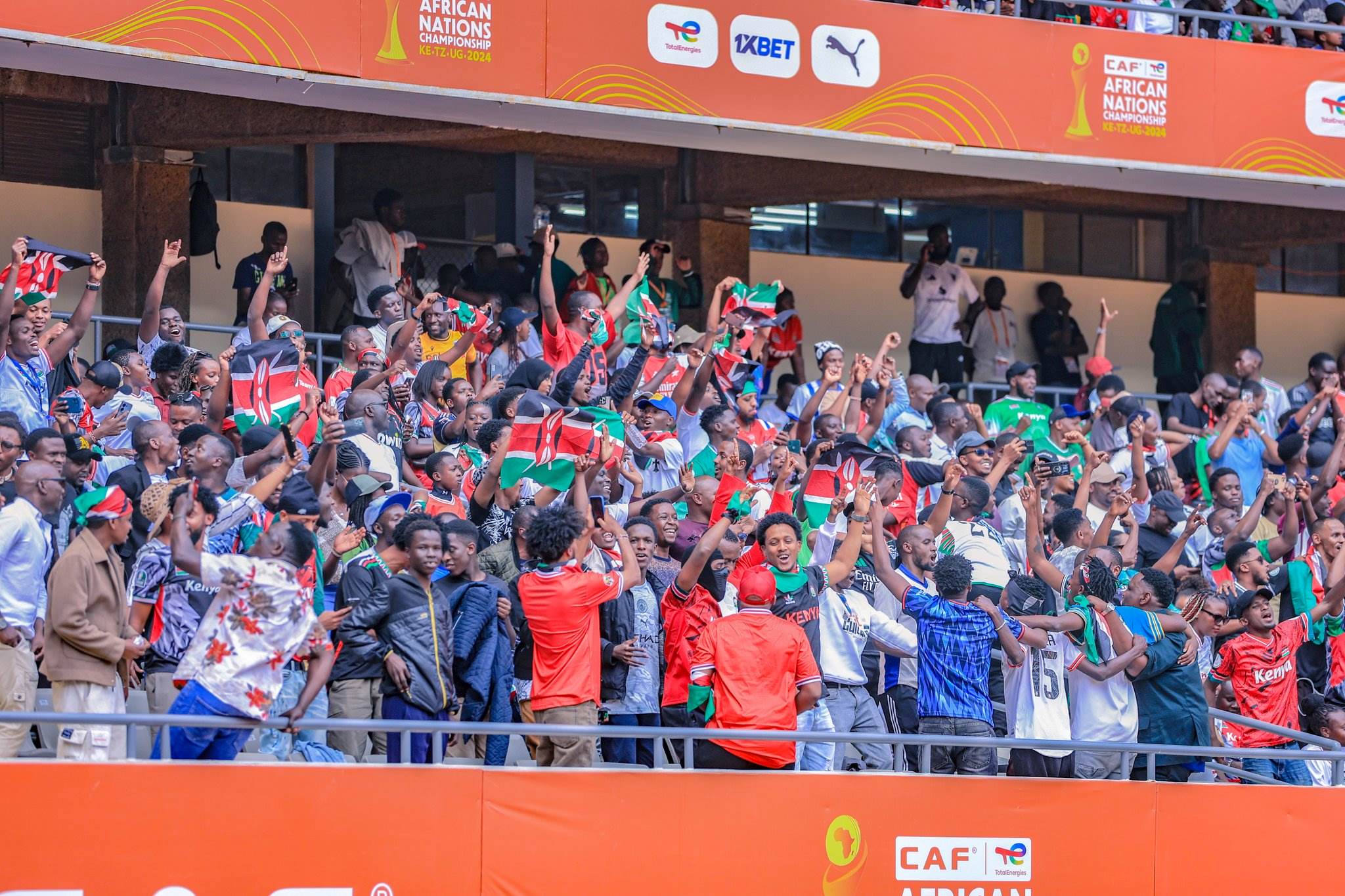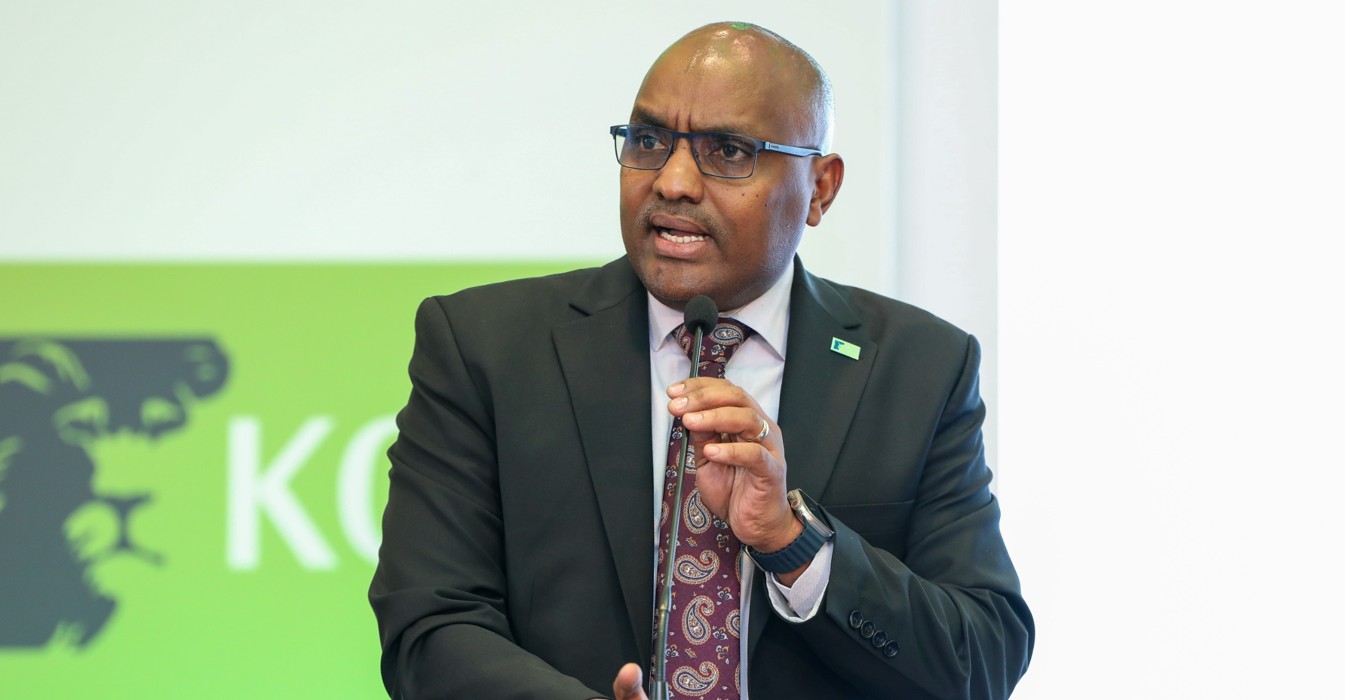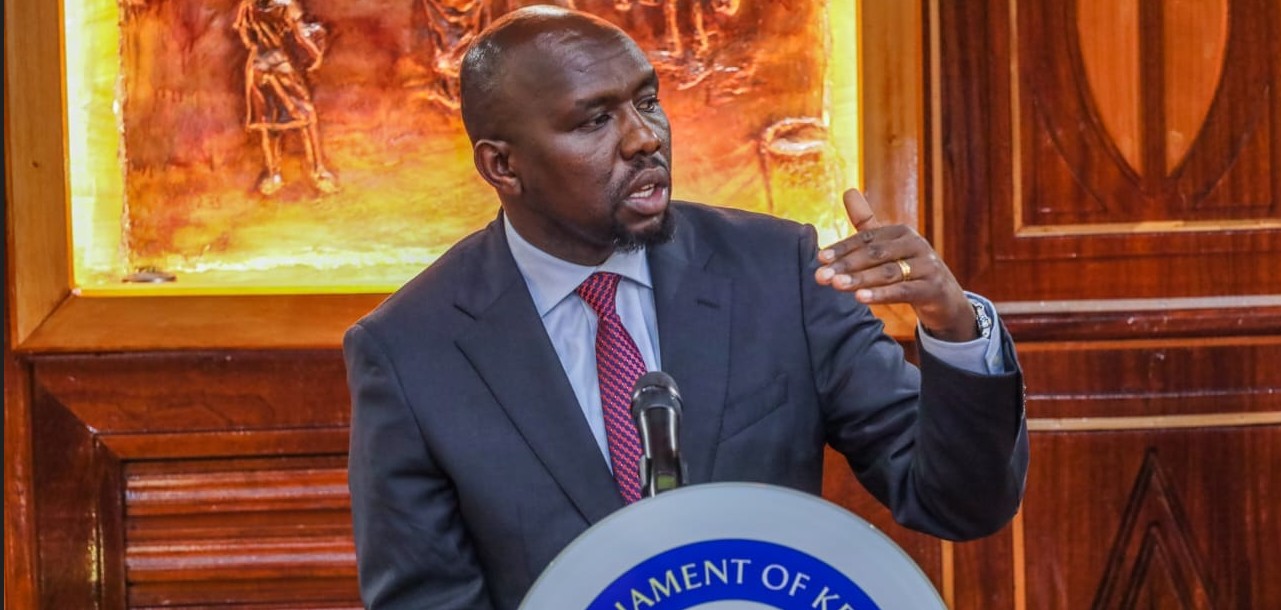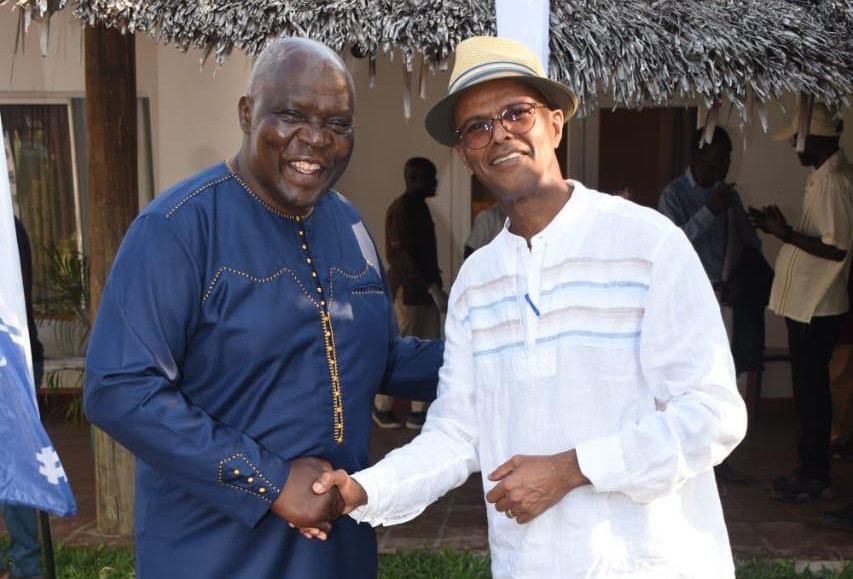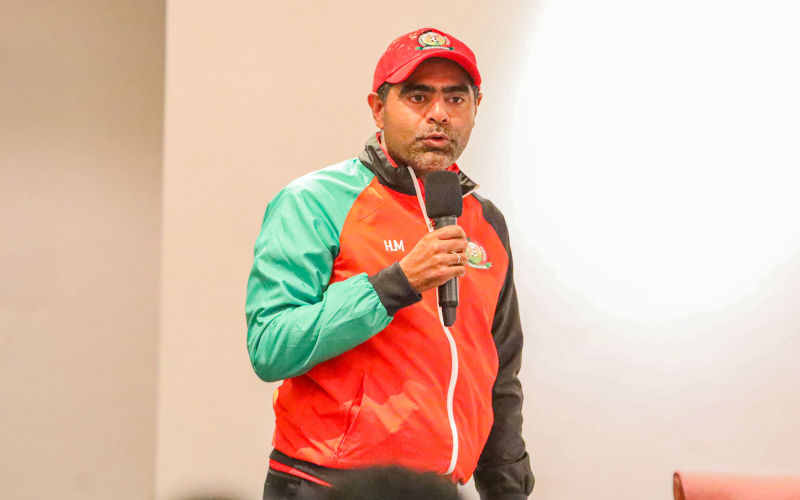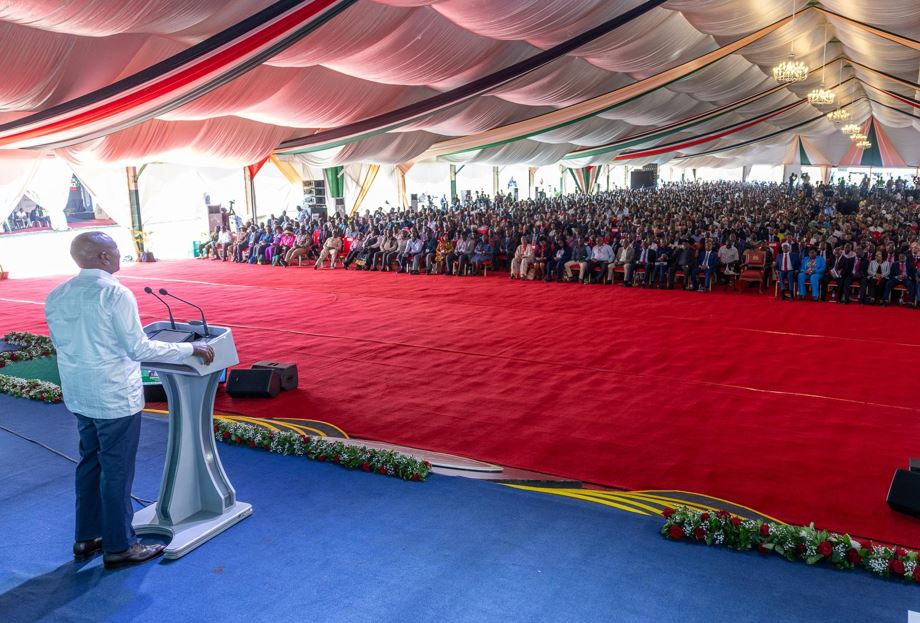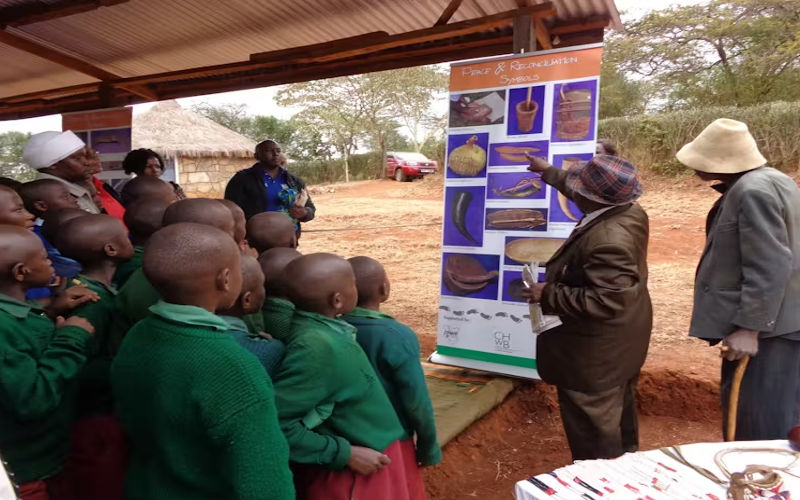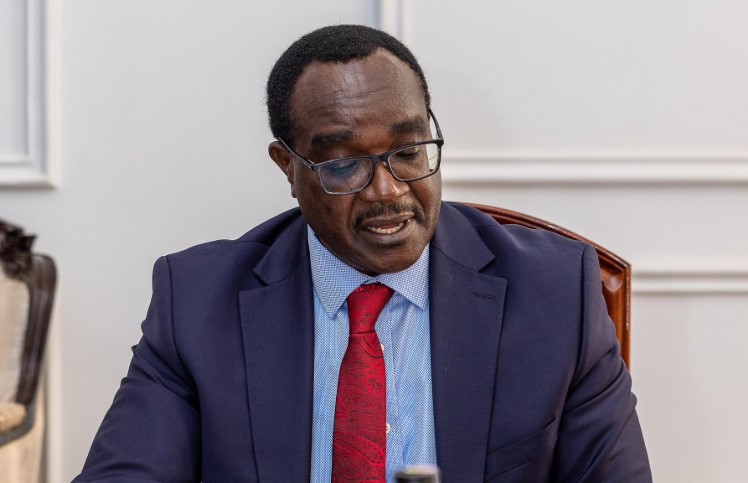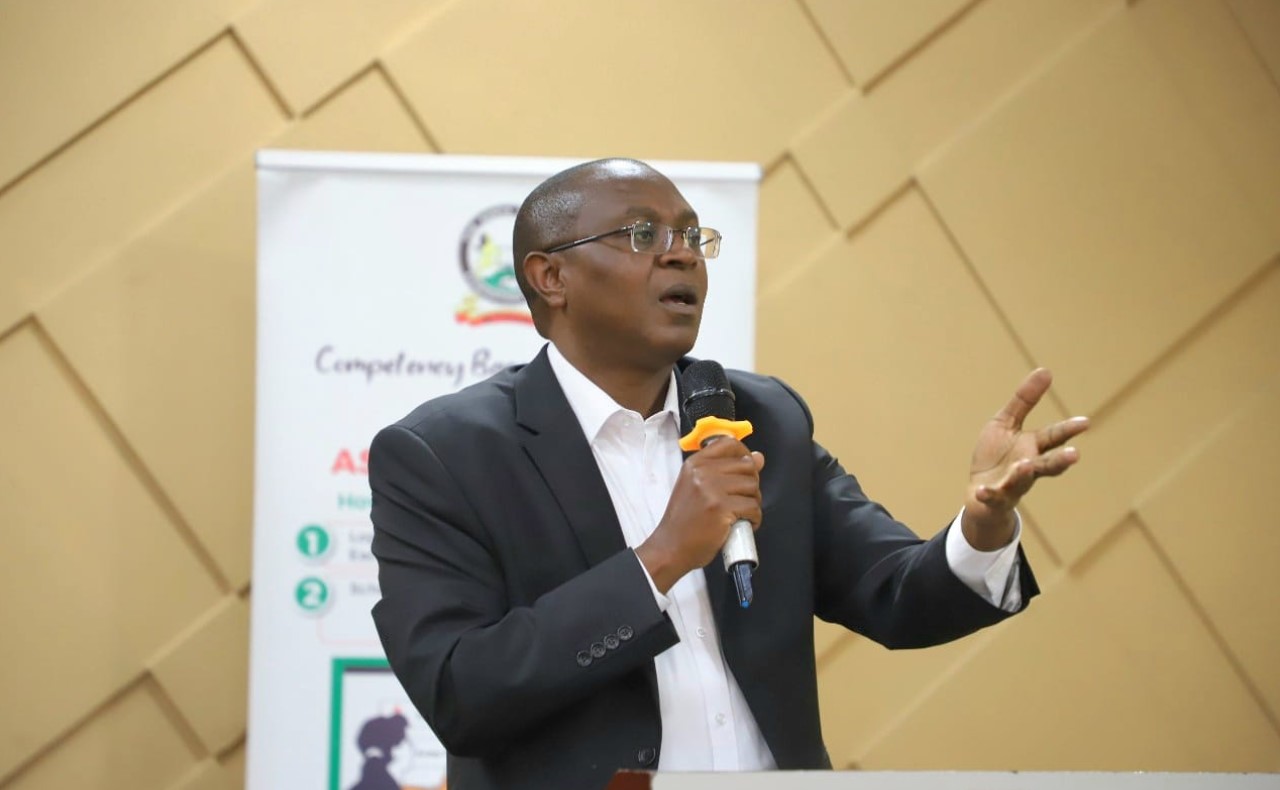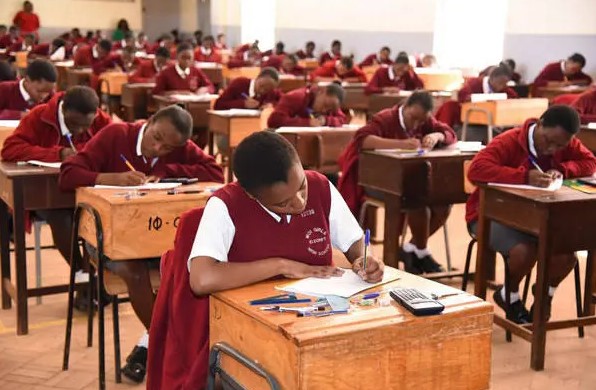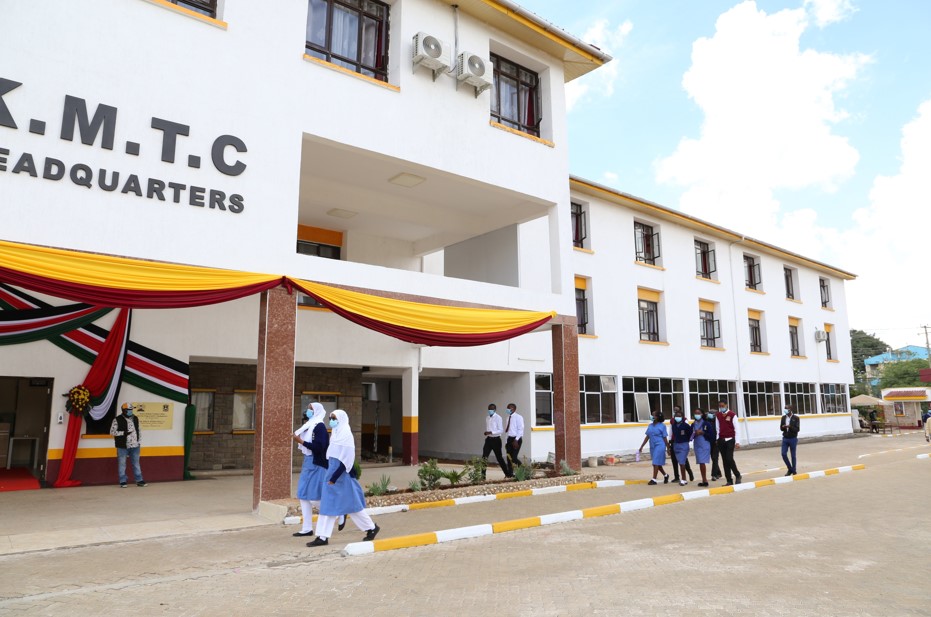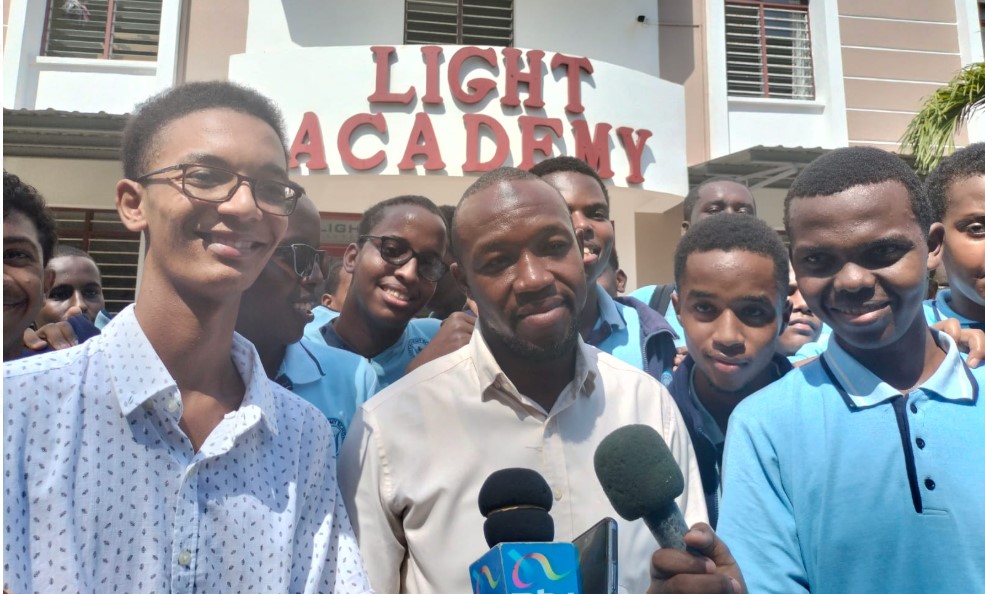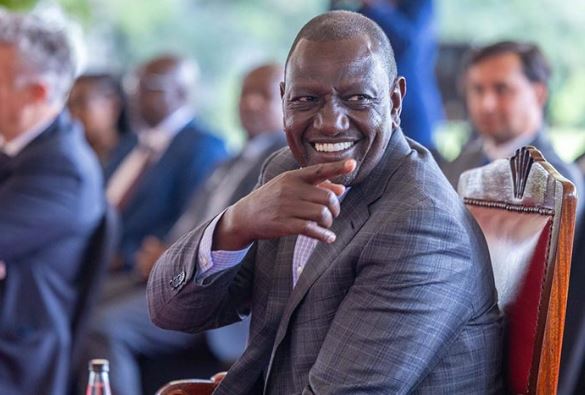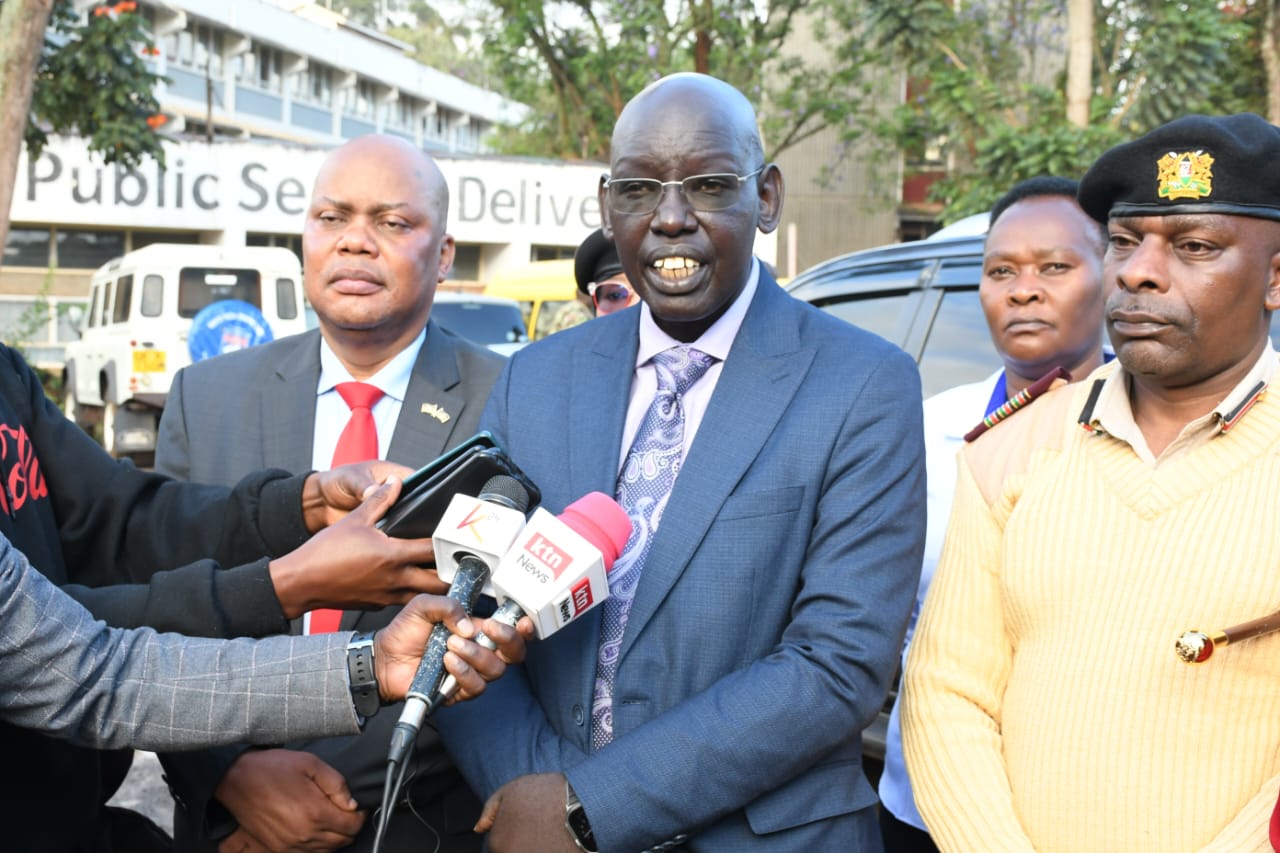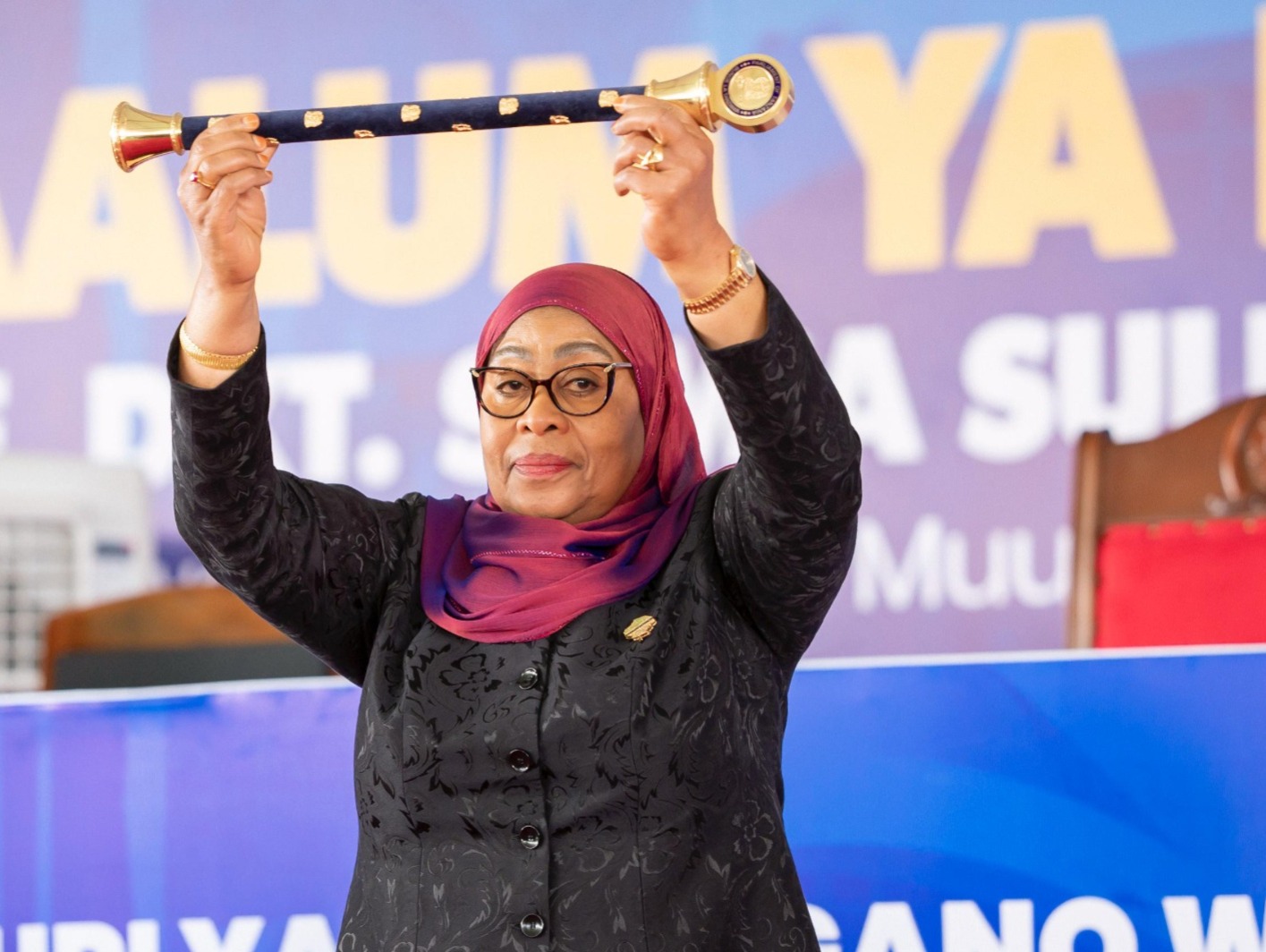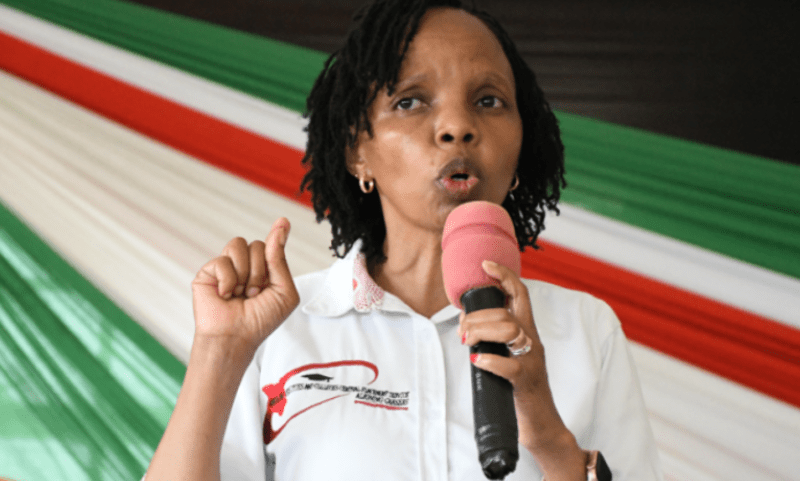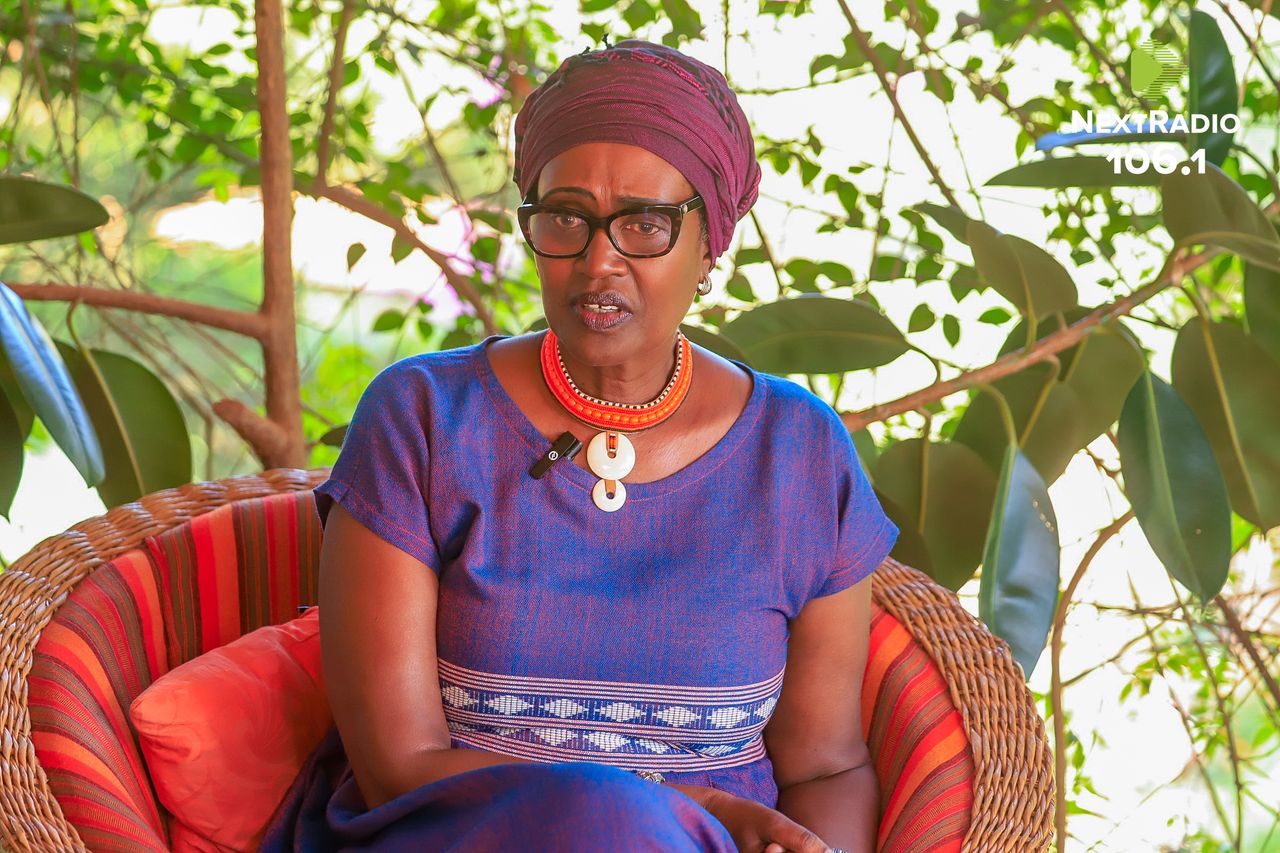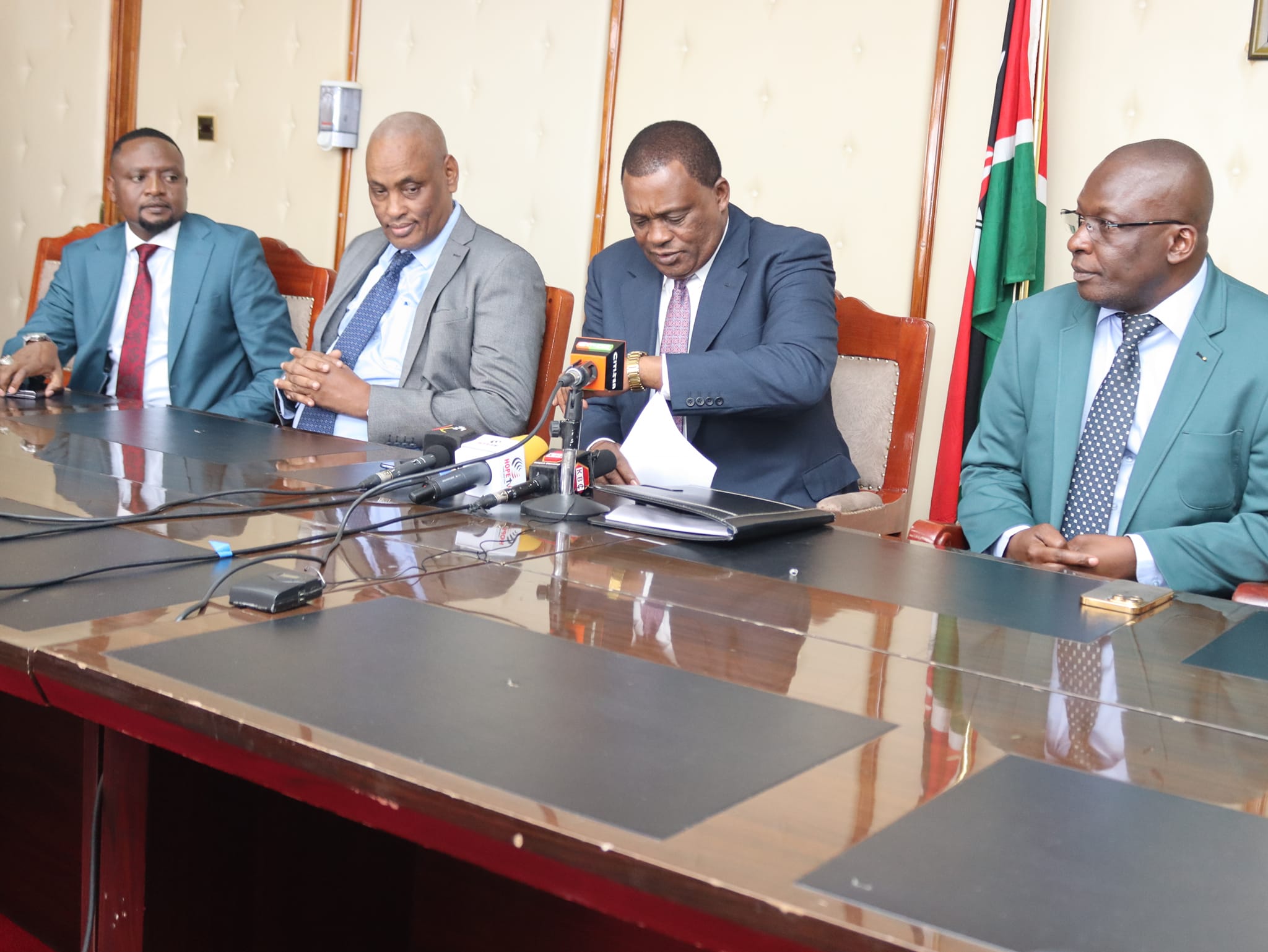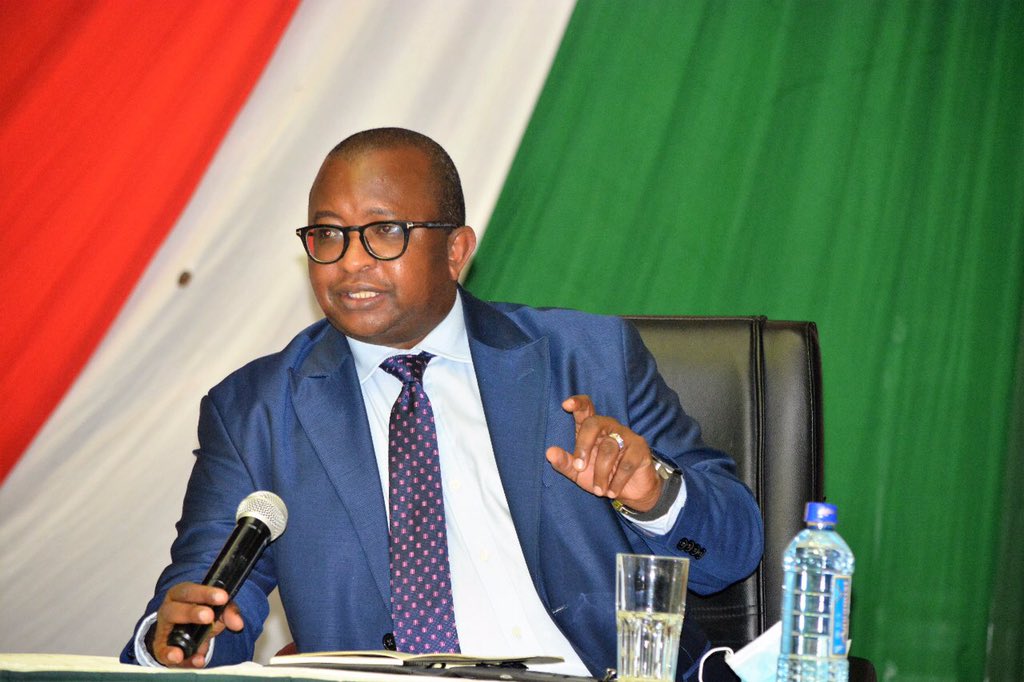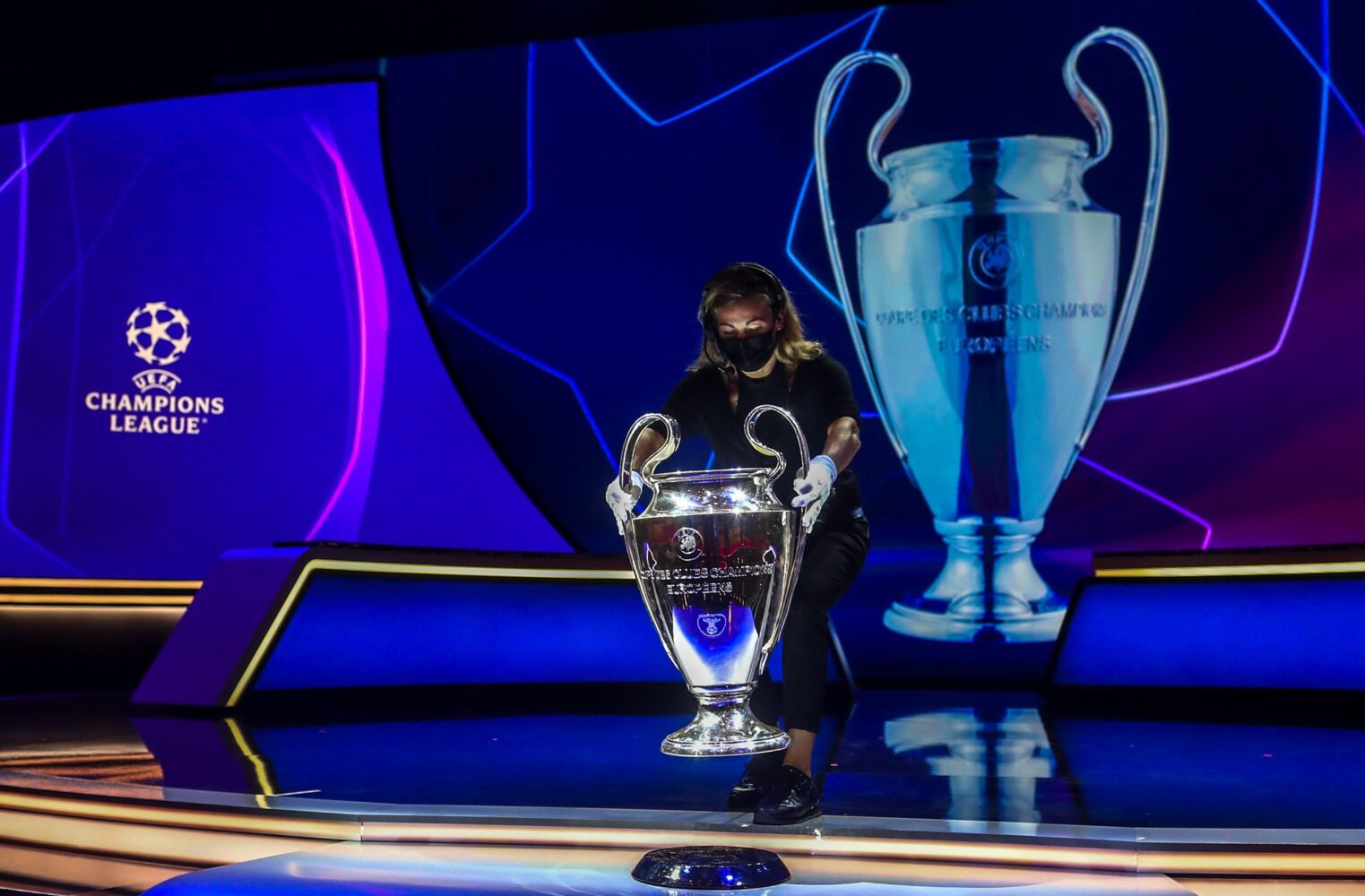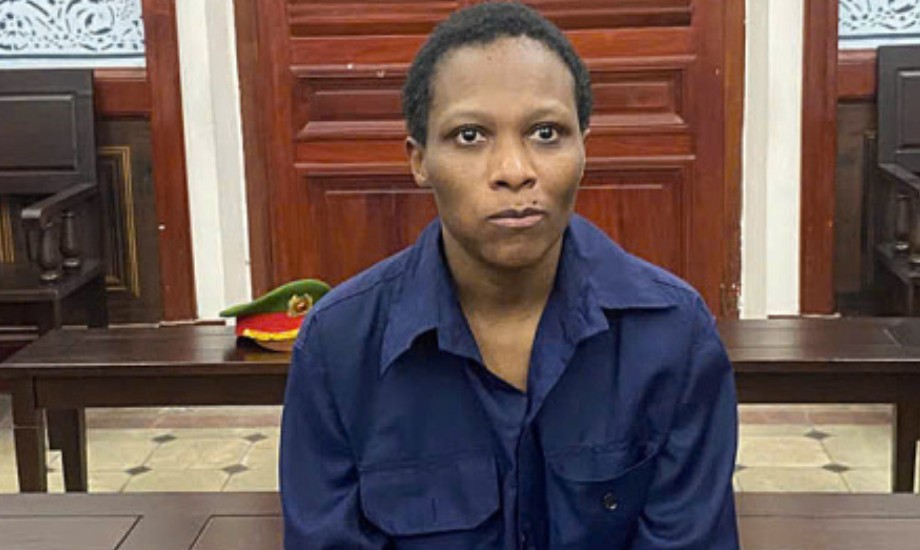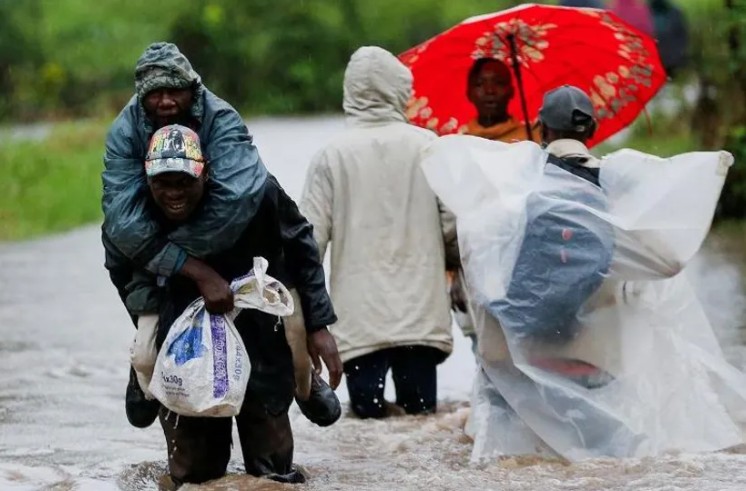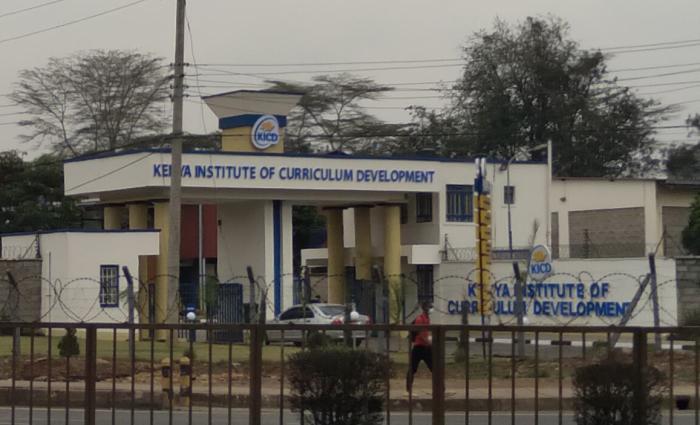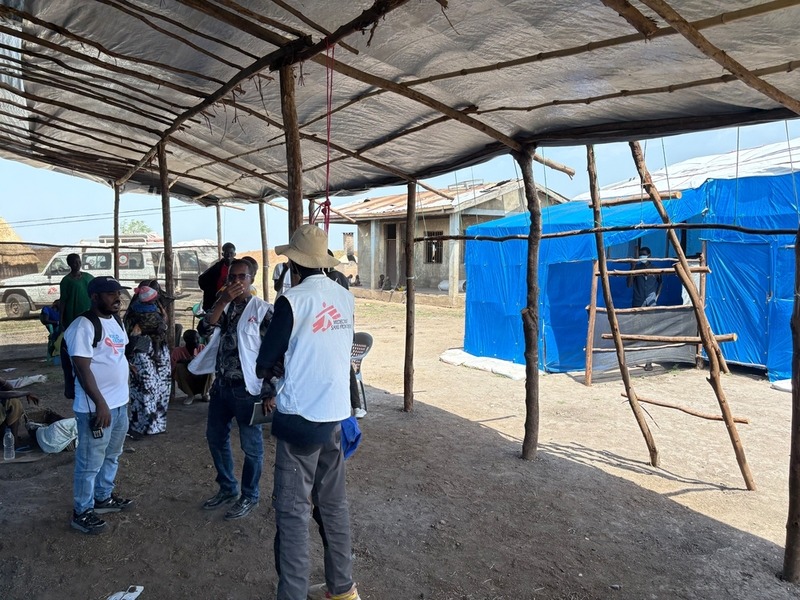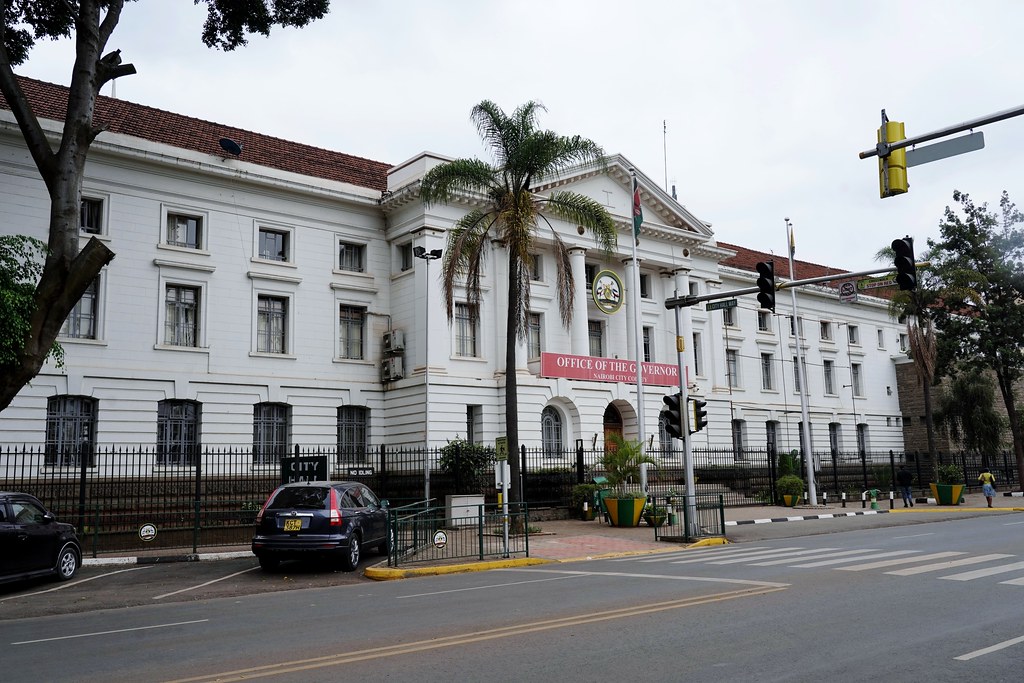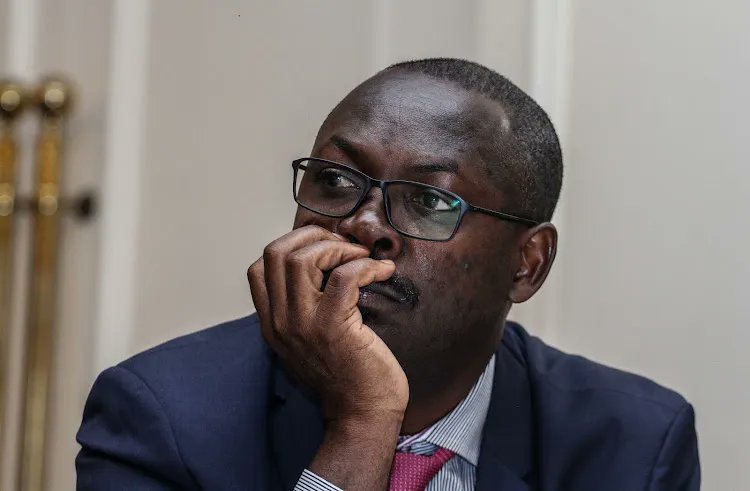From Nairobi to Dar es Salaam: The contrast between East Africa’s biggest football rivalries
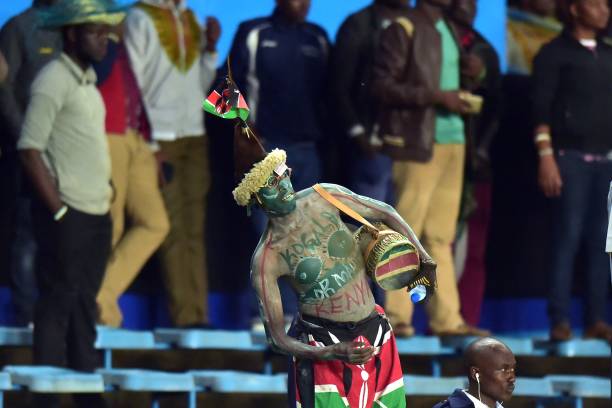
The Kariakoo Derby and the Mashemeji Derby are among East Africa’s most storied football rivalries, each carrying decades of history, passion, and fierce competition. However, while Simba SC and Yanga SC have leveraged financial stability and national appeal to grow their dominance in Tanzanian football, AFC Leopards and Gor Mahia continue to grapple with structural and financial challenges. This article explores how these two rivalries compare in history, fan culture, and commercial success.
The heartbeat of East African football will be on full display this Sunday afternoon as the Nyayo National Stadium erupts with the 96th league meeting between AFC Leopards and Gor Mahia, Kenya’s oldest football clubs.
Dubbed the Mashemeji Derby, this clash not only rekindles the nation’s fiercest football rivalry but also offers another inevitable comparison with Tanzania’s Kariakoo Derby, the showdown between Simba SC and Young Africans (Yanga).
More To Read
- Gor Mahia shines in Harambee Stars CHAN squad with 10 debutants
- Wetang’ula backs direct support for grassroots clubs, calls for Sports Act review
- Gor Mahia disbands entire technical bench after trophyless season
- Boniface Ambani elected AFC Leopards chairman
- Gor Mahia moves to professionalise operations after Mashemeji Derby mix-up
- Gor Mahia coach admits FKF Premier League title race over after draw with AFC Leopards
While drawing parallels between these iconic fixtures has become common among East African football fans, it wasn’t always the case. Before the rise of social media, these rivalries existed largely in isolation.
“Advancements in communication technology over the last 15 years have made it easy for Kenyan and Tanzanian football fans to share digital communities where they debate the intensities of the two derbies and what defines them,” Tanzanian football expert Michael Mwebe tells The Eastleigh Voice.
“Before, such discussions were rare, and fans from either country had little interest in following what was happening across the border,” he adds.
Other factors have contributed to the growing cross-border appeal of these derbies, including increased television coverage and an influx of foreign players into both leagues.
“Free-to-air television played a big role in making Africans ardent fans of European football. With Azam TV broadcasting both the Kenyan and Tanzanian leagues, fans can now easily follow matches from either country,” Mwebe explains.
Although AFC Leopards and Gor Mahia currently lack Tanzanian players, the past decade saw Salim Kinje don Ingwe’s colours, while Ivo Mapunda became a cult hero at K’Ogalo with his infamous "magic towel." In contrast, Yanga’s squad currently includes Kenyan international Duke Abuya, while Simba has no Kenyan representation.
“A league attracts a bigger audience when clubs are allowed to sign more foreign players. Tanzanian clubs can now sign up to 12 foreigners - an increase from the initial five - leading to the Kariakoo Derby generating interest in about 10 African countries,” Mwebe notes.
For many Kenyans, the Kariakoo Derby gained prominence in May 2012 when a video of Yanga fan Stephen Samuel crying after his team’s 5-0 thrashing by Simba went viral on social media. Samuel’s tears were a stark reminder that beyond the on-field battles and the deafening stadium roars, these derbies are shaped by cultural, economic, historical, political, and social factors.
A clash rooted in history
Founded in 1935 and 1936, respectively, Yanga and Simba boast a longer rivalry than AFC Leopards and Gor Mahia, whose first meeting came in 1968 after K’Ogalo’s formation. AFC Leopards, on the other hand, was founded in 1964, a year before the first top-flight clash between Simba and Yanga.
While AFC Leopards and Gor Mahia predominantly draw their support from Kenya’s Luhya and Luo communities, Simba and Yanga enjoy nationwide backing that transcends ethnic, regional, and religious lines.
“Simba and Yanga have fans from all walks of life. No single tribe, region, or religion can claim to be the dominant support base for either club,” says Mwebe.
Illustrating this, he adds: “In Tanzania, a father may support Yanga while his children are Simba fans. In contrast, it’s unlikely to find a Luhya or Luo child supporting the rival club if both parents back AFC Leopards or Gor Mahia.”
This distinction extends beyond fan bases to club leadership and ownership.
“Historically, AFC Leopards and Gor Mahia have had officials predominantly from the Luhya and Luo communities, respectively. Yanga and Simba, however, have had leaders from diverse Tanzanian backgrounds,” Mwebe explains.
These differences are also reflected in the names of the derbies. Kariakoo refers to the Dar es Salaam district where Simba and Yanga were founded, while Mashemeji, Swahili for in-laws, symbolises the deep socio-political and economic ties between the Luhya and Luo communities.
The cultural impact
Stadium chants offer further insight into these distinctions. While AFC Leopards and Gor Mahia fans predominantly chant in their vernacular languages, Simba and Yanga supporters rally in Kiswahili, Tanzania’s national language.
This widespread appeal has embedded Simba and Yanga into Tanzania’s popular culture more prominently than AFC Leopards and Gor Mahia in Kenya. In Dar es Salaam, the street housing Simba’s offices is named Msimbazi Street, after the club’s nickname. Msimbazi also refers to Tanzania’s highest currency denomination - the TSh 10,000 note - which shares Simba’s red colour.
Meanwhile, Yanga’s supporters, known as Wanajangwani, derive their identity from the club’s origins in Dar es Salaam’s Jangwani area, where African dock workers founded it.
AFC Leopards and Gor Mahia, on the other hand, owe their inception to political leaders who sought to unite their respective communities through football.
Similarly, Simba and Yanga played pivotal roles in Tanganyika’s independence struggle.
“During colonial rule, Africans weren’t allowed in Dar es Salaam’s central business district. They would gather in Jangwani to play football, and that’s how Yanga was born,” Mwebe says.
Conversely, Simba emerged after a group of disenchanted Yanga fans broke away to form their own club.
Tanzanian politics remains intertwined with these clubs. The Tanganyika African National Union (TANU) adopted Yanga’s green and yellow colours, leading fans to dub the club Timu Ya Wananchi (The Citizens’ Team). TANU later merged with the Afro-Shirazi Party in 1977 to form Chama Cha Mapinduzi (CCM), Tanzania’s ruling party.
“Simba and Yanga are frequently mentioned in Tanzania’s parliament, and political figures align themselves with either club to garner support,” Mwebe notes. The government is even mediating a current dispute between the two clubs after their last derby failed to kick off due to Simba’s protest over alleged mistreatment by Yanga.
Kenyan politics is no different. As documented by Ingwe Fans Magazine in 2011, AFC Leopards and Gor Mahia were frequently mentioned in Kenya’s National Assembly in the 1970s. Politicians have long sought to capitalise on their support, funding clubs and attending matches.
In 2018, former Nairobi Governor Mike Sonko even wore a half-and-half AFC Leopards-Gor Mahia jersey to a Mashemeji Derby.
“When it comes to football, I am a watermelon,” Sonko tweeted, using Kenyan slang for political indecisiveness.
Tanzanians have witnessed similar antics. In 2020, then-President John Pombe Magufuli attended a Kariakoo Derby in a half-and-half Simba-Yanga jersey.
Organised fan structures
Another shared trait is the strong network of club branches. In both Nairobi and Dar es Salaam, fans unfurl banners proclaiming the neighbourhoods they represent.
“In Tanzania, Simba and Yanga have branches nationwide. Yanga officially recognises a branch once it has 100 members, and some of these comprise boda boda operators in remote villages,” Mwebe says.
These branches not only compete in ticket sales and travel to support their teams but also serve as social support groups during bereavements and celebrations. Similarly, Gor Mahia chairman Ambrose Rachier once advocated for fans to form investment SACCOs.
Gor Mahia Team Manager Jolawi Obondo recalls how fan dedication moved the squad ahead of a continental fixture in Rwanda.
“It was touching to see fans travel by bus all the way to Kigali. We promised to win the match for them,” he says.
Wekundu wa Msimbazi, Simba SC, unveiled their budget for the 2024/25 season, setting aside TSH 28 billion (approximately KSH 1.3 billion) to fund their domestic and continental campaigns.
The Tanzanian giants are eager to reclaim the NBC Premier League title from rivals Yanga SC and compete in the CAF Champions League. Club chairman, Murtaza Mangungu, emphasised the need for financial discipline while ensuring the squad remains competitive at all levels.
"This budget reflects our ambition to dominate locally and make a mark in Africa. We have allocated funds for player salaries, transfers, logistics, and operational costs," Mangungu stated during the club’s annual general meeting.
Simba SC have been active in the transfer market, reinforcing their squad with key signings to strengthen their title charge. With the new season approaching, fans eagerly await how the club’s investment translates into performance on the pitch.
Where Mashemeji falls behind
Despite the hype, Mashemeji Derby matches rarely fill stadiums, unlike the consistently sold-out Kariakoo Derby.
While AFC Leopards and Gor Mahia still grapple with ticketing and merchandising issues, Simba and Yanga have no such struggles. In Tanzania, match tickets are purchased through a government-controlled platform, ensuring efficiency - something Kenya is yet to achieve.
Top Stories Today
- 10 Kenyans died in police custody in last five months, Murkomen tells MPs
- Mobile money use in Kenya hits Sh724.8 billion monthly in 2024
- Explosive hits Mandera home as Somali forces clash near border
- Sheria Mtaani moves to court challenging takeover of police payroll by IG
- KCB announces record Sh13 billion dividend after National Bank sale
- Philip Murgor elected chairperson of Senior Counsel Bar

